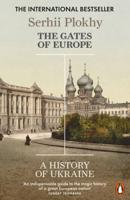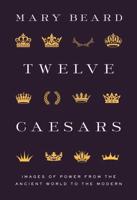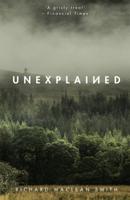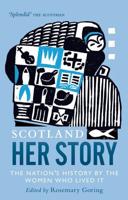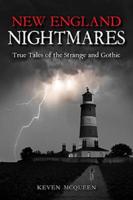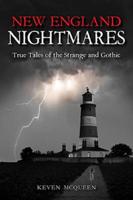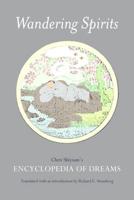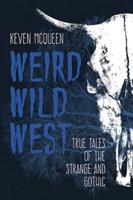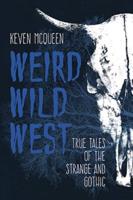Publisher's Synopsis
William Blake was an English poet, painter, and printmaker. Largely unrecognised during his lifetime, Blake is now considered a seminal figure in the history of the poetry and visual arts of the Romantic Age. His prophetic poetry has been said to form "what is in proportion to its merits the least read body of poetry in the English language". His visual artistry led one contemporary art critic to proclaim him "far and away the greatest artist Britain has ever produced". While Blake had a significant role to play in the art and poetry of figures such as Rossetti, it was during the Modernist period that this work began to influence a wider set of writers and artists. William Butler Yeats, who edited an edition of Blake's collected works in 1893, drew on him for poetic and philosophical ideas, while British surrealist art in particular drew on Blake's conceptions of non-mimetic, visionary practice in the painting of artists such as Paul Nash and Graham Sutherland. His poetry came into use by a number of British classical composers such as Benjamin Britten and Ralph Vaughan Williams, who set his works. Blake's thoughts on human nature greatly anticipate and parallel the thinking of the psychoanalyst Carl Jung. In Jung's own words: "Blake a tantalizing study, since he compiled a lot of half or undigested knowledge in his fantasies. According to my ideas they are an artistic production rather than an authentic representation of unconscious processes." Similarly, although less popularly, Diana Hume George claimed that Blake can be seen as a precursor to the ideas of Sigmund Freud.

